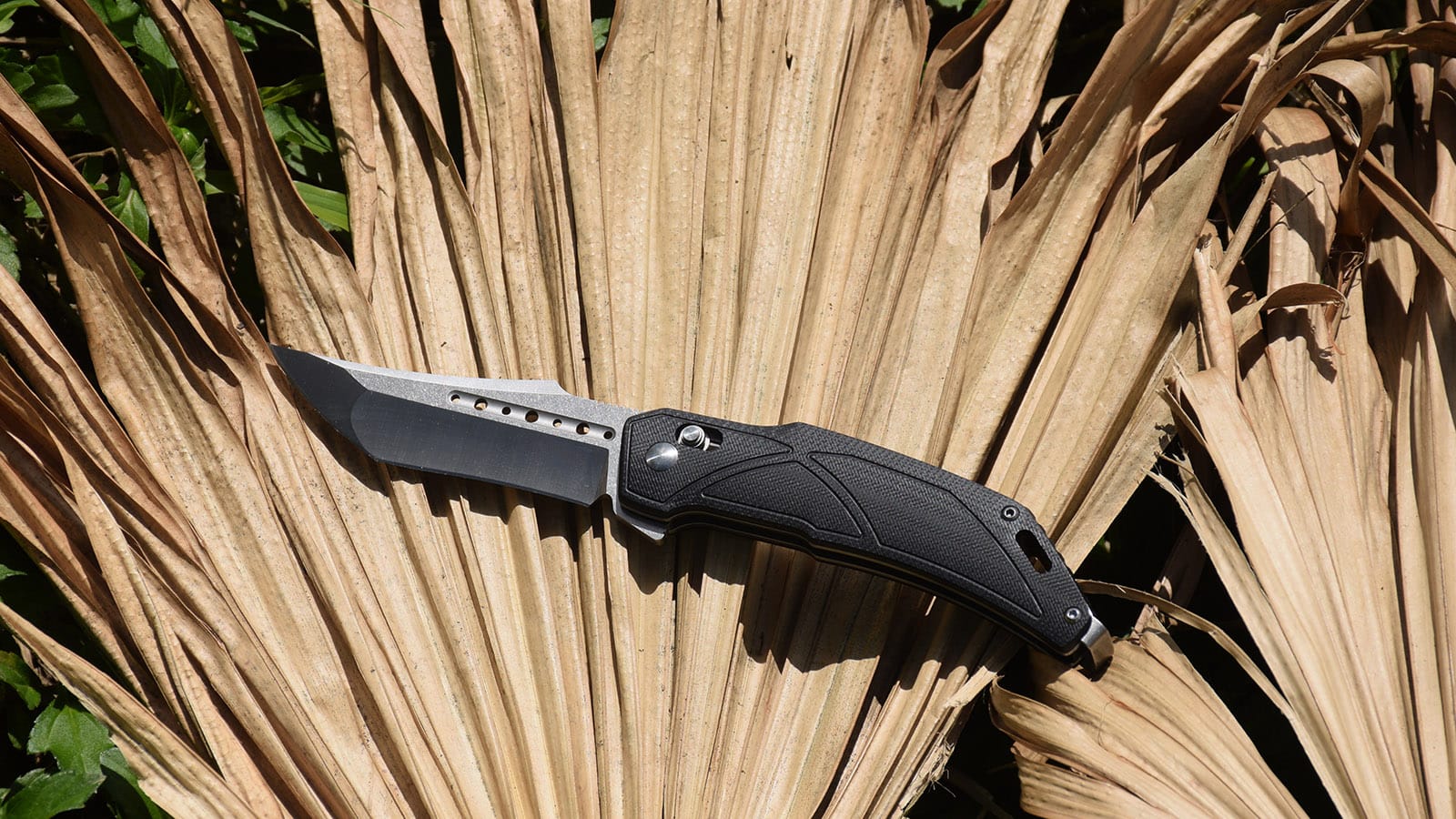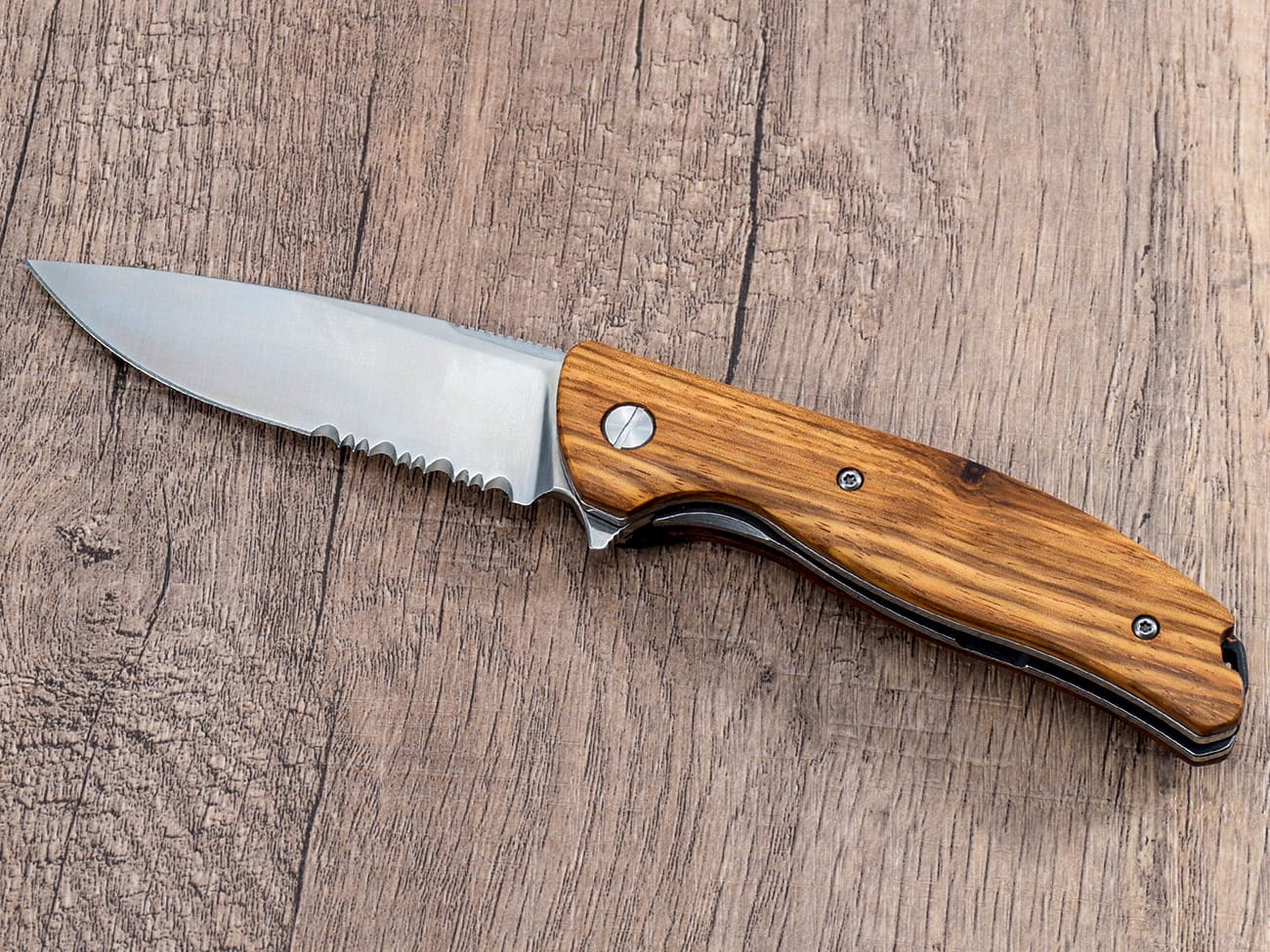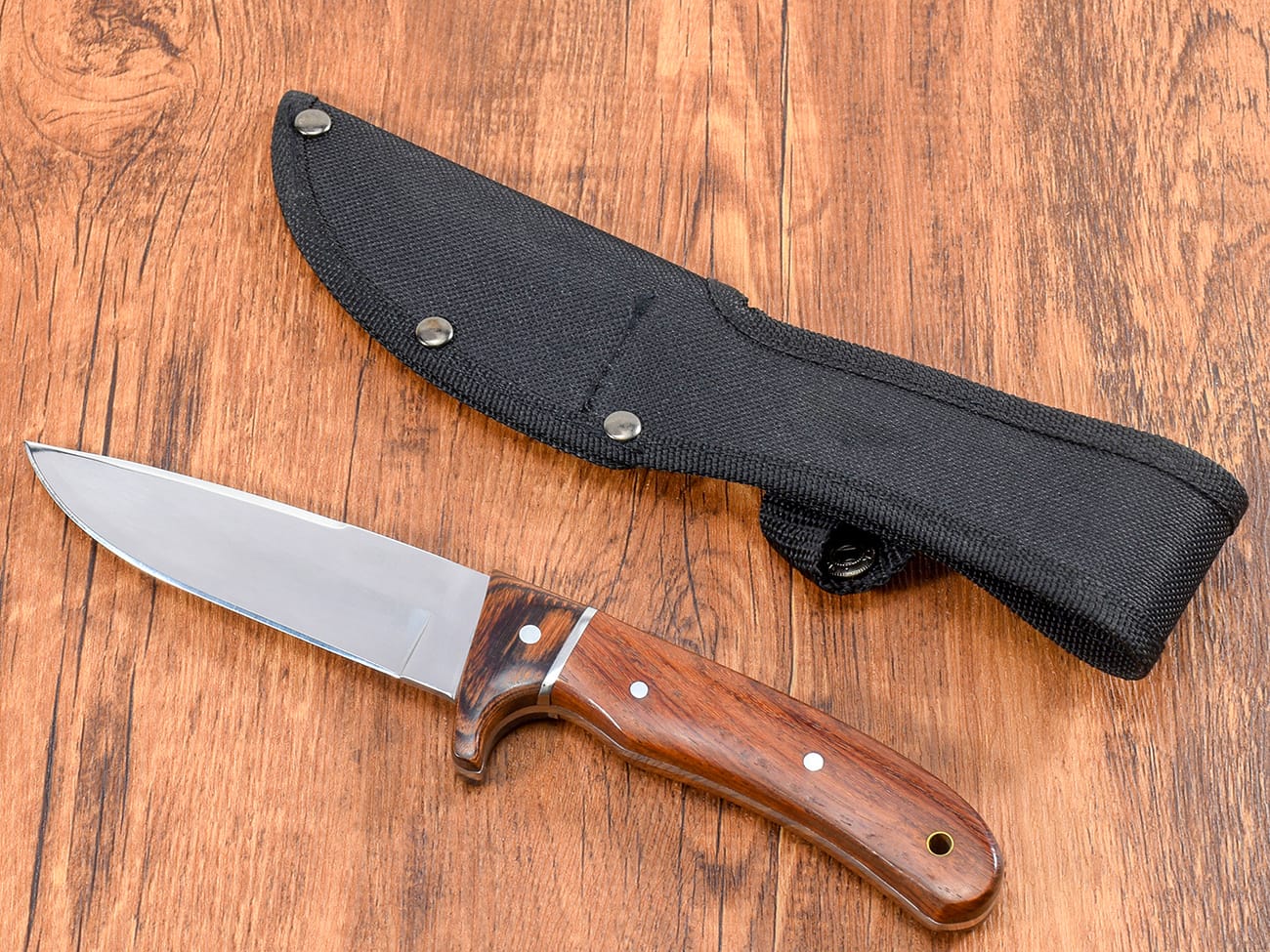Are you a pocket knife enthusiast or just starting to explore the world of folding knives? Whether you’re a seasoned user or a beginner, knowing how to close a folding knife properly is crucial for both safety and knife maintenance. In this comprehensive guide, we’ll walk you through everything you need to know about closing different types of folding knives, from liner locks to frame locks and beyond. Let’s dive in and master the art of safely closing your pocket knife!
Why Is Proper Knife Closing Technique Important?
Before we delve into the specifics, it’s essential to understand why learning the correct way to close a folding knife matters:
- Safety: Proper technique prevents accidental cuts and injuries.
- Knife longevity: Correct closing protects the blade and lock mechanism from damage.
- Efficiency: Mastering the technique makes you more confident and proficient with your knife.
- Legal compliance: In some areas, being able to close a knife one-handed is a legal requirement.
Now, let’s explore the various types of folding knives and how to close them safely.
What Are the Different Types of Folding Knives?
To understand how to close a pocket knife, it’s crucial to know the different types of folding knives and their lock mechanisms. Here are some common types:
- Liner lock
- Frame lock
- Lockback
- Slip joint
- Button lock
- Axis lock
Each type has its unique closing method, which we’ll cover in detail.
How to Close a Liner Lock Knife?
Liner lock knives are among the most popular types of folding knives. Here’s how to close one:
- Hold the knife in your dominant hand with the blade open.
- Use your thumb to push the liner lock to the side, disengaging it from the blade.
- Carefully fold the blade back into the handle while keeping your fingers clear of the blade’s path.
- Once the blade is mostly closed, use your index finger to guide it fully into the handle.
Remember, practice makes perfect. Always be mindful of the blade’s edge when closing.
What’s the Proper Way to Close a Frame Lock Knife?
Frame lock knives are similar to liner locks but with a sturdier mechanism. Here’s the process:
- Grip the knife handle with your dominant hand.
- Use your thumb to push the frame lock to the side, freeing the blade.
- Carefully begin folding the blade into the handle.
- Use your index finger to guide the blade safely into the closed position.
Always keep your fingers away from the blade’s path to avoid injury.
How Do You Safely Close a Lockback Knife?
Lockback knives require a different approach:
- Hold the knife securely in your dominant hand.
- Locate the lock release on the back of the handle.
- Press down on the lock release with your thumb.
- While maintaining pressure on the lock, carefully fold the blade into the handle.
- Guide the blade to its fully closed position using your index finger.
Lockback knives can be tricky at first, but with practice, you’ll find them easy to close safely.

What’s the Technique for Closing a Slip Joint Knife?
Slip joint knives, like traditional pocketknives, don’t have a locking mechanism. Here’s how to close them:
- Hold the knife firmly in your dominant hand.
- Apply pressure to the back of the blade with your thumb.
- Carefully fold the blade into the handle, being mindful of the resistance.
- Use your index finger to guide the blade fully into the closed position.
Always be cautious, as slip joint knives can close unexpectedly if not handled properly.
How to Close a Button Lock Knife?
Button lock knives offer a unique closing mechanism:
- Hold the knife securely in your hand.
- Locate the button lock, usually on the handle.
- Press and hold the button to disengage the lock.
- While holding the button, carefully fold the blade into the handle.
- Release the button once the blade is fully closed.
Button locks are often considered one of the easiest mechanisms to operate.
What’s the Process for Closing an Axis Lock Knife?
Axis lock knives, popularized by brands like Benchmade, have a unique closing method:
- Grip the knife handle firmly.
- Pull back on the axis lock mechanism with your thumb and index finger.
- While holding the lock open, carefully begin folding the blade.
- Guide the blade into the handle, ensuring your fingers are clear of its path.
- Release the axis lock once the blade is fully closed.
Axis locks are known for their smooth operation and ambidextrous design.
What Are Some General Safety Tips for Closing Folding Knives?
Regardless of the type of folding knife you’re using, these safety tips apply:
- Always keep your fingers away from the blade’s path.
- Close the knife slowly and deliberately.
- Maintain a firm grip on the handle throughout the closing process.
- Be aware of your surroundings when closing your knife.
- Regularly clean and maintain your knife for smooth operation.
How Can You Practice Closing Your Pocket Knife Safely?
To become proficient in closing your folding knife:
- Start with a dull trainer knife if available.
- Practice the motions slowly without applying pressure to the lock.
- Gradually increase speed as you become more comfortable.
- Try closing with both hands until you’re confident using your dominant hand.
- Always prioritize safety over speed.
What Should You Do If Your Knife Is Difficult to Close?
If you’re struggling to close your folding knife:
- Check for debris in the locking mechanism or pivot.
- Ensure the knife is properly lubricated.
- Inspect for any damage to the lock or blade.
- Consider having the knife professionally serviced if problems persist.
Never force a knife closed, as this can damage the mechanism or cause injury.
How Does Knife Design Affect the Closing Process?
Different knife designs can impact how you close them:
- Handle material: G10, wood, or metal handles may require different grip techniques.
- Blade size: Larger blades may need more care when closing.
- Lock placement: Some knives have locks that are easier to access than others.
- Pocket clip: The clip’s position can affect how you hold the knife when closing.
Understanding your specific knife’s design will help you close it more effectively.
Why Is It Important to Clean Your Knife After Closing?
Maintaining your knife after use is crucial:
- Prevents debris from interfering with the locking mechanism.
- Reduces wear on the pivot and other moving parts.
- Helps identify any potential issues before they become serious.
- Extends the overall lifespan of your knife.
Make cleaning your knife a regular part of your routine after each use.
Conclusion: Mastering the Art of Closing Your Folding Knife
Knowing how to close a folding knife safely and effectively is an essential skill for any knife owner. By understanding the different types of locking mechanisms and practicing proper technique, you’ll be able to use your pocket knife with confidence and safety. Remember these key points:
- Identify your knife’s lock type before attempting to close it.
- Always keep your fingers away from the blade’s path.
- Practice regularly to build muscle memory and confidence.
- Maintain your knife to ensure smooth and safe operation.
- Prioritize safety over speed when closing your knife.
With these tips and techniques, you’ll be well-equipped to handle any folding knife safely and efficiently. Happy and safe knife handling!




